
shot blasting machines
Power Blast shot blasting machines are instantly recognisable by their unique spherical shape and can be found in operation the world over.
The standard range of blasting machines comprises of six sizes which are detailed in the chart below.
An additional range of specialised blasting machines have been developed for use with such materials as plastics which require high slope angles to ensure good flow characteristics.
Please contact us for sizes, applications and costs.
Below are 2 images of these 'alternative blasting machines'.
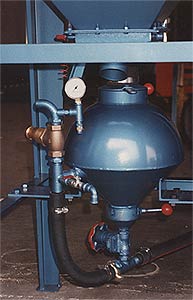
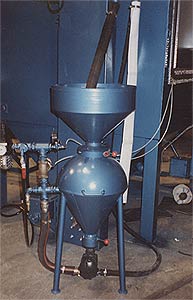
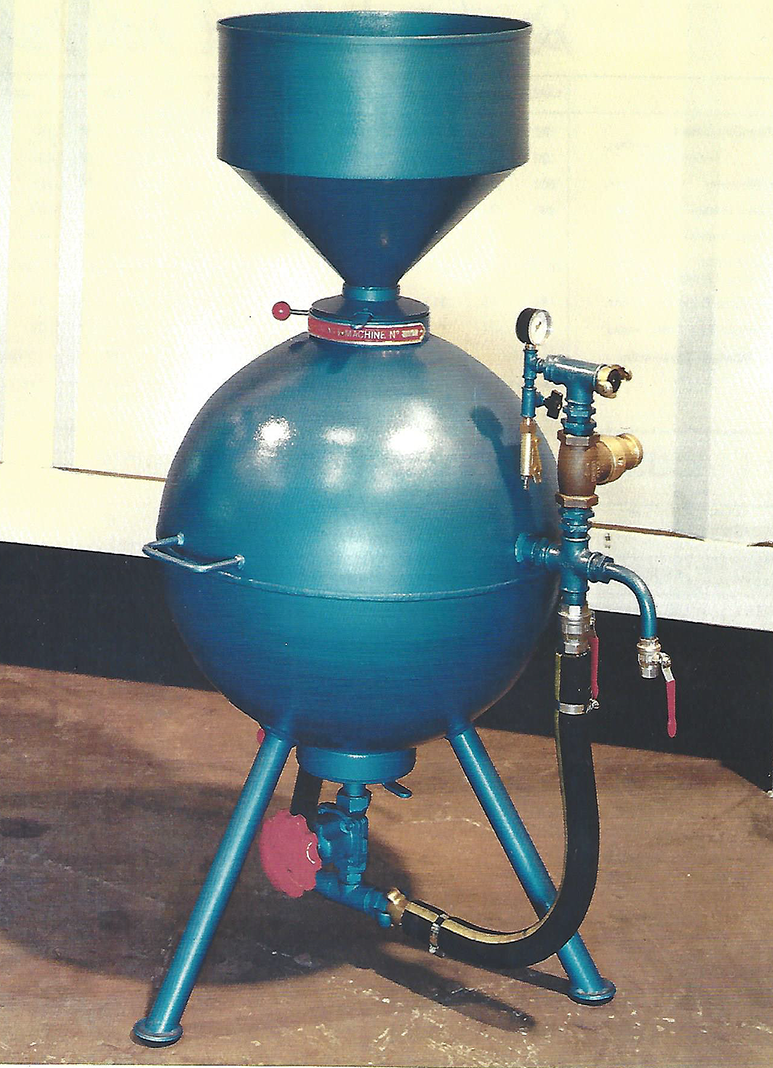
POWER BLAST MACHINES
 |
 |
 |
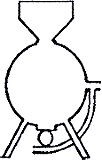 |
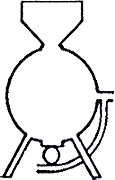 |
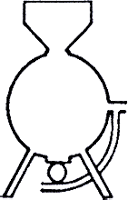 |
|
| Type | 1A (miniblast) | 2A | 5A | 8A | 15A | 25A |
Shot Capacity metal |
50 - 1 | 100 - 2 | 250 - 5 | 400 -8 | 750 - 15 | 1250 - 25 |
| Shot Capacity non-metal Kg - Cwt |
20 - 0.5 | 40 -1 | 100 - 2 | 160 - 3 | 300 - 6 | 500 - 10 |
| Sphere Diameter mm - ins |
300 - 12 | 365 - 15 | 500 - 20 | 610 - 24 | 760 - 30 | 915 - 36 |
| Height (less funnel) mm - ins |
610 - 24 | 685 - 28 | 890 - 35 | 990 - 39 | 1150 - 45 | 1300 - 51 |
| Weight (less Funnel) Kg - lb |
16 - 36 | 21 - 47 | 40 - 88 | 50 - 110 | 75 - 164 | 130 - 285 |
| Standard Nozzles ins | 1/8 3/16 1/4 5/16 | 3/16 1/4 5/16 3/8 7/16 |
1/4 5/16 3/8 7/16 1/2 |
1/4 5/16 3/8 7/16 1/2 | 1/4 5/16 3/8 7/16 1/2 |
3/8 7/16 1/2 5/8 |
| Standard Hose Bore mm - ins |
18 - 3/4 | 25 - 1 | 32 - 1.25 | 32 - 1.25 | 32 - 1.25 | 38 - 1.25 |
| Minm Supply pipe mm - ins |
12 - 1/2 | 18 - 3/4 | 25 - 1 | 25 - 1 | 25 - 1 | 32 - 1.5 |
| Approx Blasting Time mins | 4 | 8 | 20 | 30 | 60 | 100 |
| Duty | Touch up on site; small installation |
Small site jobs; convenient to carry |
Medium size installation; Mobile on site |
Favourite for full scale production |
Large site jobs or heavy duty installations |
Continuous uninterrupted operation |
Shot blasting is also known as abrasive blasting and is used to clean, strip, or etch a surface. The process involves using a pressurized fluid, typically compressed air, or a centrifugal wheel to propel the blasting material against the surface. Other common materials used for blasting are glass beads, and plastic media.
Shot blasting is a process of using high-pressure air to blast small metal pellets onto a surface. It is also known as mechanical surface treatment and is used in various industries, including machinery, ship repair, auto parts, aircraft parts, and more. By projecting high-speed particles onto the surface of parts, shot blasting can remove impurities, enhance surface roughness, and even change welding tensile stress to compressive stress.